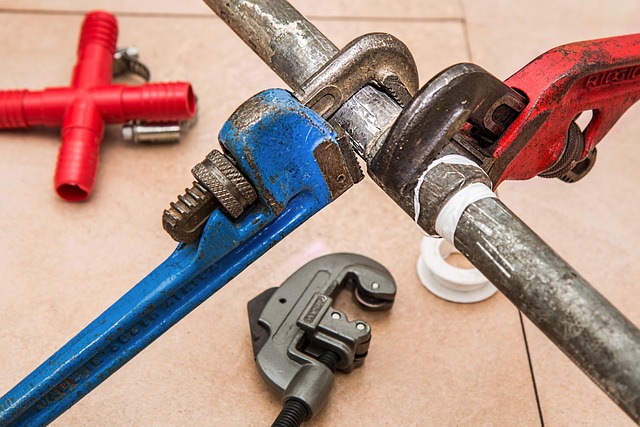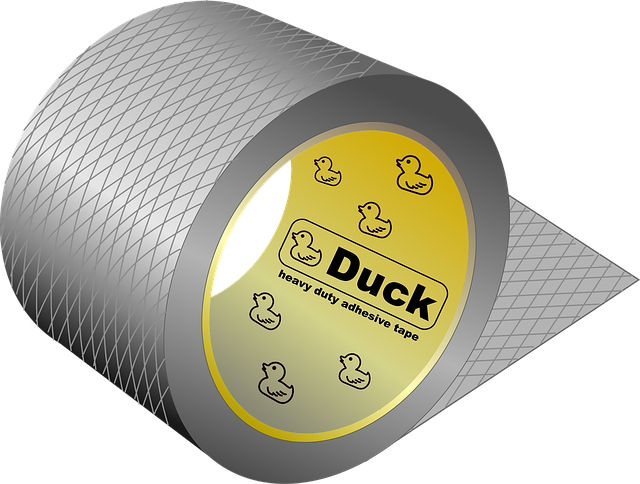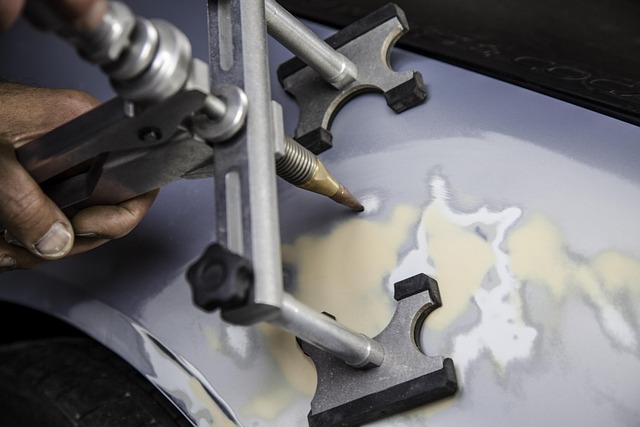Regular oil changes are crucial for vehicle health yet often overlooked by drivers. Embracing DIY oil change practices, along with other auto repairs like replacing air filters, offers cost savings and empowers individuals to understand their car's mechanics. With the right tools (oil drain pan, wrenches, jack stands) and following simple steps, DIY oil changes can be done efficiently. Select DIY Auto Repairs enhances vehicle care, fosters confidence in maintenance tasks, and contributes to longer tire lifespans.
Changing your car’s oil yourself is a valuable skill for any DIY enthusiast looking to save money and maintain their vehicle. This guide will walk you through the process, from understanding why regular oil changes are crucial for your car’s performance and longevity, to gathering the essential tools and materials. We’ll provide a step-by-step approach, making it easy for even novice mechanics to tackle this essential auto repair task with confidence.
- Understanding Oil Changes and Their Importance
- Gathering the Right Tools and Materials
- Step-by-Step Guide to Changing Your Car's Oil Yourself
Understanding Oil Changes and Their Importance

Oil changes are an essential aspect of vehicle maintenance that many drivers often overlook. Regular oil replacement is crucial for keeping your car running smoothly and efficiently. Motor oil, which is responsible for lubricating various engine components, degrades over time due to heat, friction, and contaminants. When left unchecked, old or contaminated oil can cause significant damage to internal engine parts, leading to costly repairs. By understanding the importance of oil changes, you can take control of your vehicle’s health and save money on potential auto repairs.
Choosing to perform DIY oil changes, from a selection of DIY auto repairs, empowers you to learn about your car’s mechanics and potentially reduce regular service costs. It’s not just about saving money; it’s also about being prepared for common maintenance tasks. For instance, while repairing a dented fender or a loose exhaust pipe might seem intimidating, learning basic oil change procedures can give you the confidence to handle such tasks yourself. Additionally, understanding tire rotation instructions is another valuable skill that goes hand in hand with regular oil servicing, ensuring your tires wear evenly and extend their lifespan.
Gathering the Right Tools and Materials

Before tackling any DIY auto repairs, it’s crucial to gather the right tools and materials. For changing your car’s oil, you’ll need a few essential items like an oil drain pan, new oil, an oil filter wrench, jack stands, and a new oil filter. These tools are readily available at most auto parts stores and can make the process much smoother and safer.
Selecting the right products is key. Opt for high-quality oil recommended by your vehicle manufacturer for optimal performance and engine longevity. Additionally, don’t forget to replace other vital components like your car air filter—a simple yet effective step that enhances fuel efficiency and overall engine health. Remember, proper preparation ensures a successful DIY task, making it a smart choice for any car owner considering auto repairs on their own.
Step-by-Step Guide to Changing Your Car's Oil Yourself

Changing your car’s oil yourself is a rewarding DIY auto repair project that can save you time and money. It’s surprisingly easier than you think and only requires a few basic tools. Start by parking your vehicle on a level surface, engaging the parking brake, and letting it cool down. Then, gather your essential tools: an oil drain pan, a jack and jack stands for safety, a new oil filter, and of course, the correct replacement oil.
Under the car, locate the oil plug and use the wrench to loosen it. Place the drain pan underneath to catch the old oil. Once drained, reattach the plug tightly. Next, remove the old oil filter using the special tool or a wrench designed for this task. Clean the mounting surface thoroughly before inserting the new oil filter. Finally, pour in the recommended amount of fresh oil, replace the oil cap, and lower your vehicle from the jack stand. Now, you’ve successfully changed your car’s oil! Even more impressive, you can also tackle other basic tasks like a diy headlight restoration or replace spark plugs without tools, making you well-equipped to maintain your vehicle’s health.
Changing your car’s oil yourself is a rewarding and cost-effective way to maintain your vehicle. By understanding the importance of regular oil changes and gathering the right tools, you can confidently tackle this task as one of your selected DIY auto repairs. Following a step-by-step guide ensures the job is done correctly, keeping your engine healthy and saving you money in the long run. So, roll up your sleeves, get the necessary supplies, and take control of your car’s maintenance!
